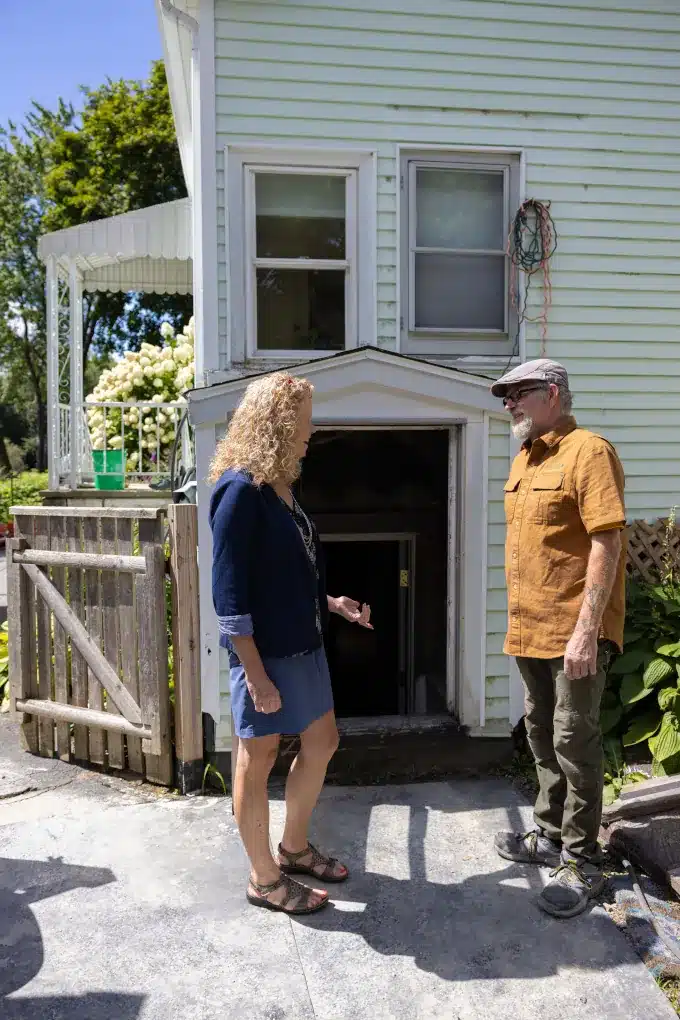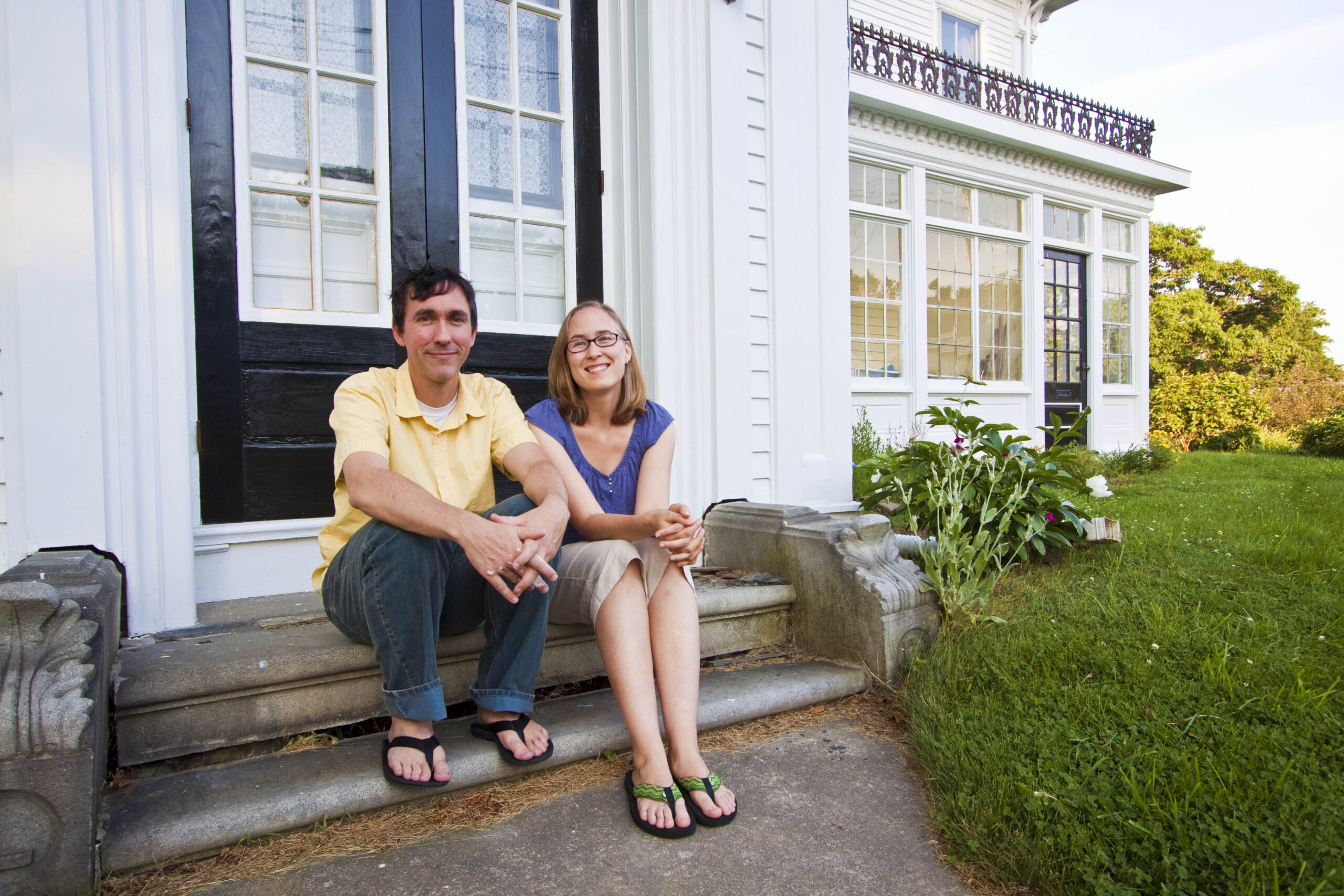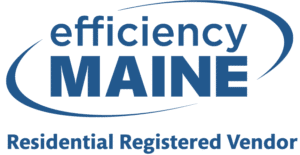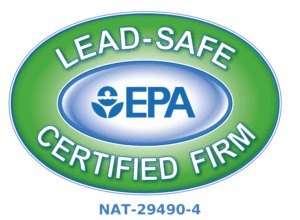How Jay and Rebecca Prioritized Comfort, Efficiency, and Their Home’s Future
When Jay and Rebecca bought their first home, an 1895 farmhouse in Rockland, they knew it needed work. “We had a long list of house projects,” Rebecca said. “We knew it was probably leaky, and we had vague ideas that there would be a lot to do.” Still, as Jay admitted, “energy efficiency wasn’t anywhere near the top of that list.”
That changed when they learned about a statewide weatherization incentive program. Curious, they scheduled a comprehensive home energy audit with Evergreen Home Performance.
The audit, along with the clear data that came with it, transformed their priorities. “Having Brian lay out the energy savings over the long run made it clear that we had to start here,” said Rebecca. With guidance from Evergreen’s Energy Advisor, they built a plan that addressed the home’s underlying issues before cosmetic upgrades.
From Foundation to Attic: Building a Better Home
The audit revealed structural concerns in the basement. Evergreen coordinated with an engineer to assess and remedy the foundation. Once repaired, the basement was sealed and insulated with spray foam. In the attic, Evergreen sealed air leaks around the chimney chase and identified areas that needed additional insulation to reduce heat loss.
Jay and Rebecca also upgraded their mechanical systems. They replaced an aging boiler and, after an unfortunate water heater failure, tied in a new, more efficient unit. They tackled everyday improvements too, including installing low-flow showerheads and bathroom fans to address moisture problems.
“There were things that Brian recommended that we didn’t end up doing,” Rebecca noted. Among them was installing a vapor barrier in the basement to control persistent moisture. That step was something they initially chose to postpone because of their budget.
However, after a very wet spring, they revisited the idea. “We’ve learned that a wet basement is more than just an irritation,” said Jay. “It can damage the structure and even destroy a paint job. If you’ve got moisture trying to get out, it travels up through the house. Eventually it moves through the paint and you get peeling and buckling clapboards. We need to protect our investment.”
Making the Work Affordable
Jay and Rebecca had set aside funds for home improvements, but they also made full use of available resources to make the project manageable. “Brian was really good at identifying sources of funding,” said Rebecca. Evergreen helped them take advantage of Efficiency Maine rebates and financing options, as well as federal tax credits for insulation.
“He was really looking for ways to make it doable,” she added. “All the long-term savings in the world doesn’t make it easy to write that check. The rebates, financing, and tax credits helped make it possible.”
The Comfort They Didn’t Expect
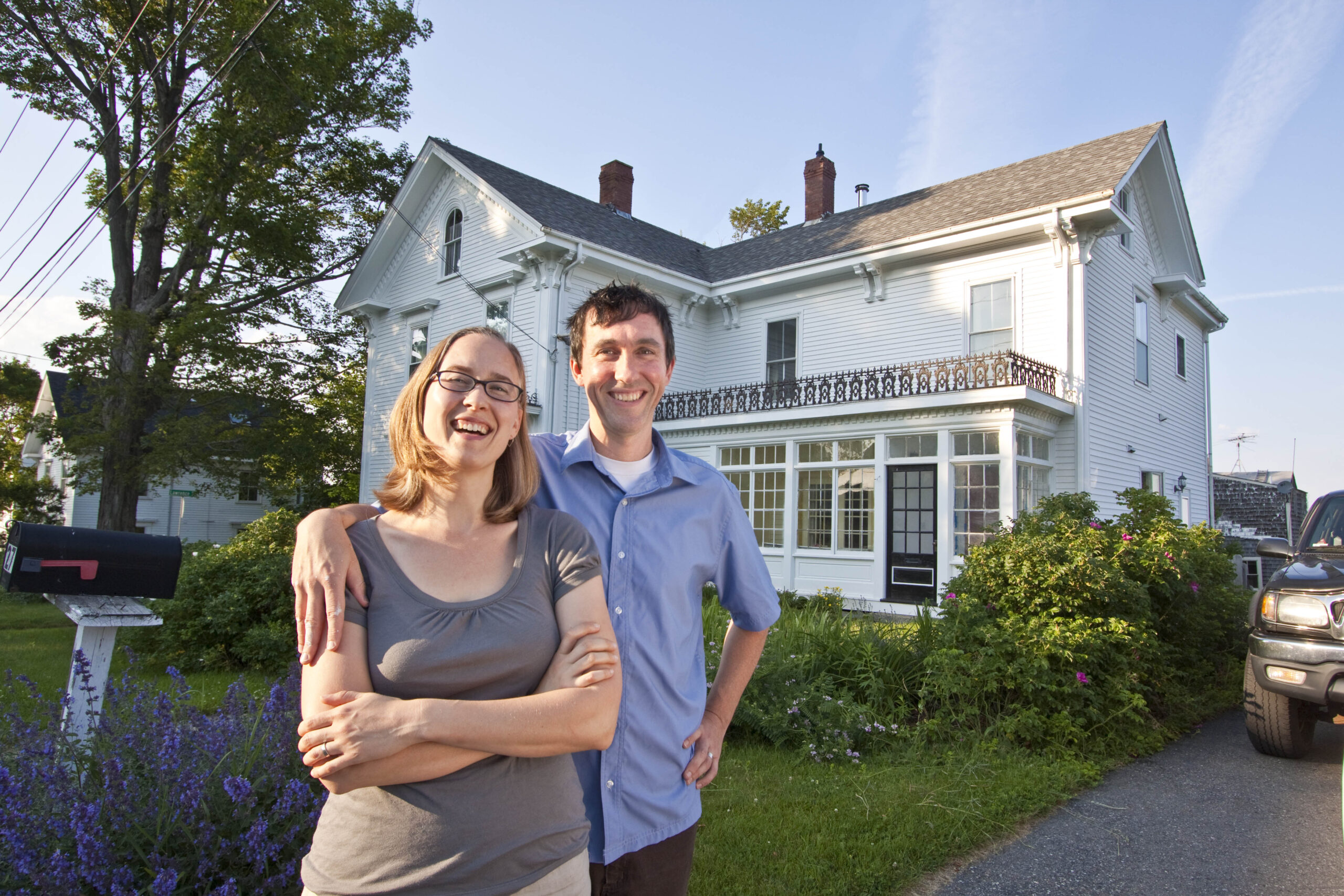
What surprised them most wasn’t the energy savings. It was the comfort.
“I was skeptical,” Jay admitted. “I could see the value on paper, but now, having gone through a winter, I can say that it was unquestionably worth it.”
Rebecca agreed.
“We never turned the heat above 60 degrees, and we were always comfortable. And to know that we weren’t pumping heat out through the basement and the attic was really nice.”
Best of all, they cut their home’s energy use in half without needing to bundle up. “It was really pleasant,” Rebecca said. “We didn’t have to wear three sweaters to stay warm.”
- Age of House: 1895
- Year of Upgrades: 2022
- Town: Rockland, ME
- Problem: High energy bills, wet basement, comfort issues
- Solutions: Home Energy Audit, Attic Insulation, Air Sealing, Basement Encapsulation, Basement Insulation
